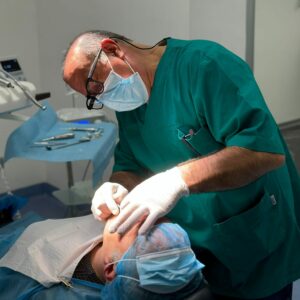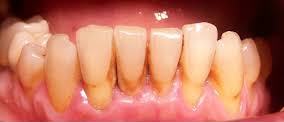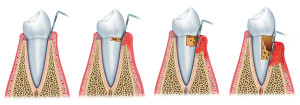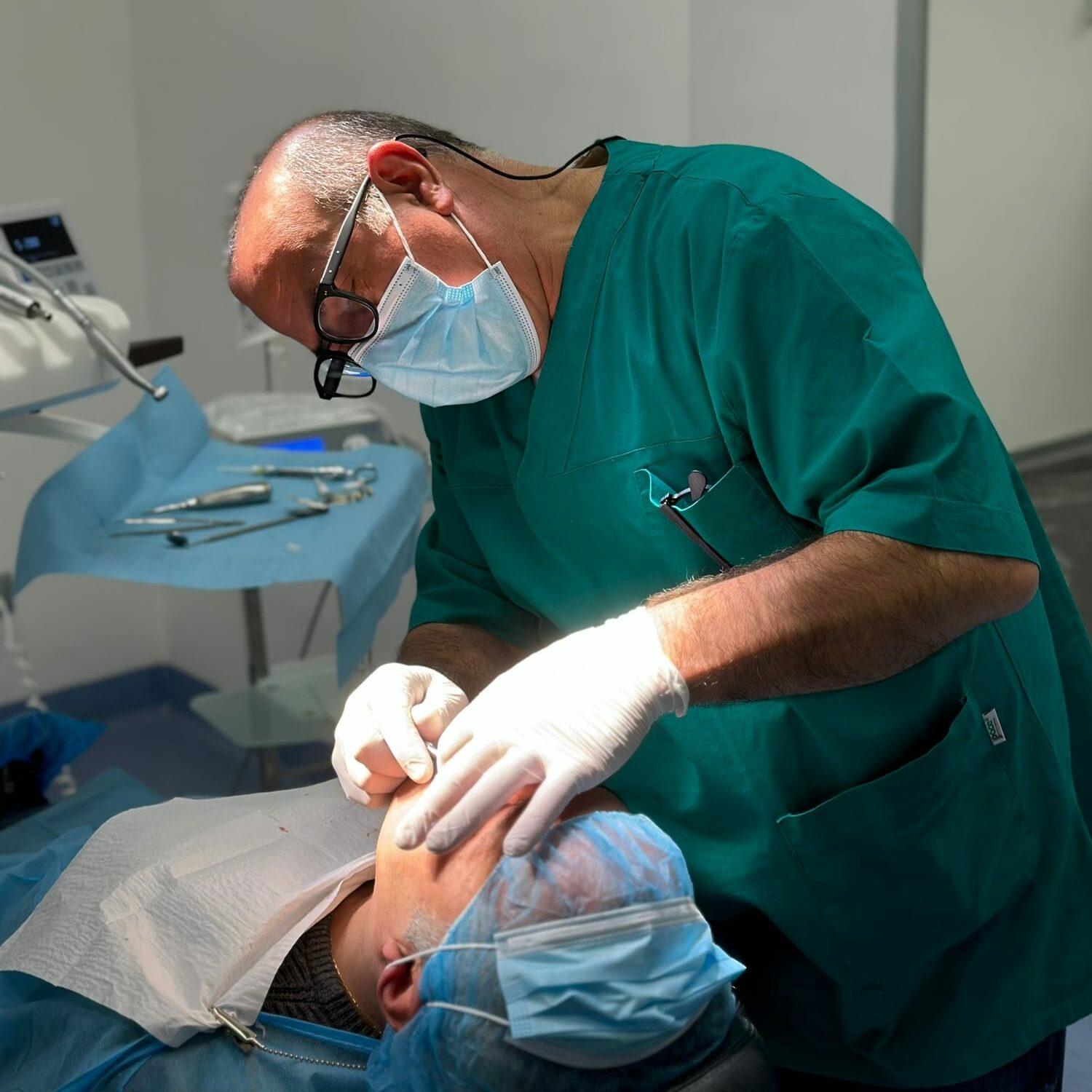Patients with little bone are often told that it is not possible to insert dental implants due to bone resorption, some envision bone reconstruction to be able to insert standard implants, but there are also other alternatives, such as inserting short implants.
Replace missing teeth with short implants
When a patient has lost his natural teeth he undergoes an implant surgery to restore the chewing function and also the aesthetic appearance.
In the presence of little bone, the dentist has two paths ahead of him:
- increase the bone of the patient;
- insert short implants.
Bone augmentation surgery is much more invasive for the patient than inserting short implants.
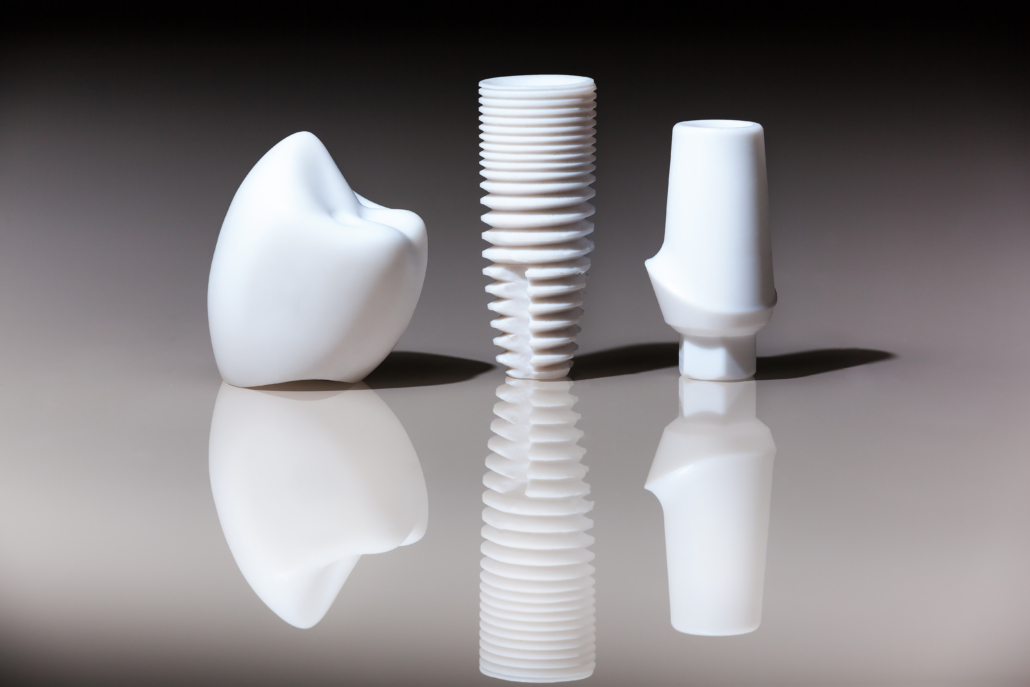
Evaluation of the success of a short implant after many years
In a recent study, published in Clinical Trials in Dentistry of March 2020, researchers assessed implant success with 4mm long implants versus 10mm long implants placed in patients with augmented thickness. bone.
The sample taken into consideration for the study is composed of 80 patients with bone atrophy on the premolar and molar. 40 of the patients considered had a bone height between 5 and 6 mm, while another 40 patients had a bone height of 4 – 5 mm.
The 80 patients were divided into two groups, based on the dental treatment received:
- Group 1: patients in whom short 4.0 mm long implants were inserted;
- Group 2: patients in whom one to three implants with a length of at least 10 mm have been inserted in conjunction with bone augmentation operations.
All implants were 4.0 or 4.5mm in diameter.
In patients undergoing bone augmentation, maxillary sinus lift surgery was performed by inserting parts of equine bone and resorbable membranes. Dental implants were placed simultaneously with the sinus lift.
It was an immediate load implant surgery, the definitive implants were placed 4 months after the operation and the patients followed up with regular checks up to three years after the operation.
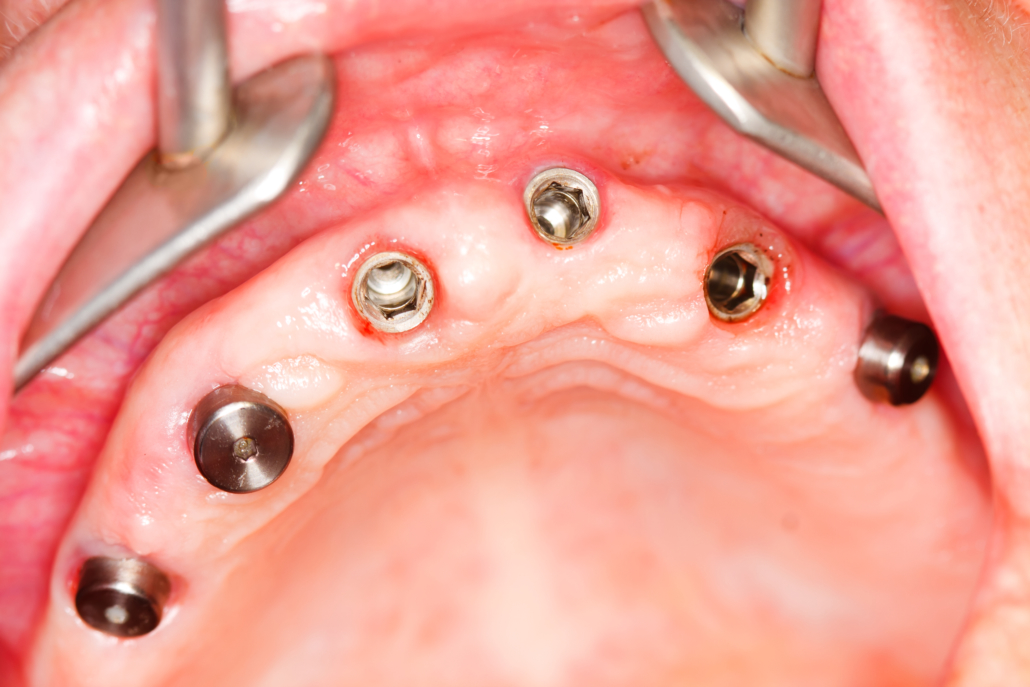
The results of implantology
Of the 80 patients included in the sample: four short implants experienced implant failure in three patients compared to seven long implants in four patients. Three prostheses on short implants (one mandibular and two maxillary) failed compared to eight prostheses (three mandibular and five maxillary) from the Long Implant Group.
Three prostheses on short implants (one mandibular and two maxillary) failed compared to eight prostheses (three mandibular and five maxillary) from the Long Implant Group. There were major complications in the group of patients in which bone augmentation operations were performed, but the difference was not statistically significant.
Short implants or bone augmentation?
From the data that emerged in this analysis, it can be concluded that, three years after surgery, short implants have equal and in some cases better implant success than long implants on patients who have undergone bone augmentation.
The dentist will therefore be able to evaluate clinical cases with severe bone atrophy and decide to opt for implantology with shorter implants.
The procedure for inserting short implants is less invasive, faster and with fewer contraindications.





